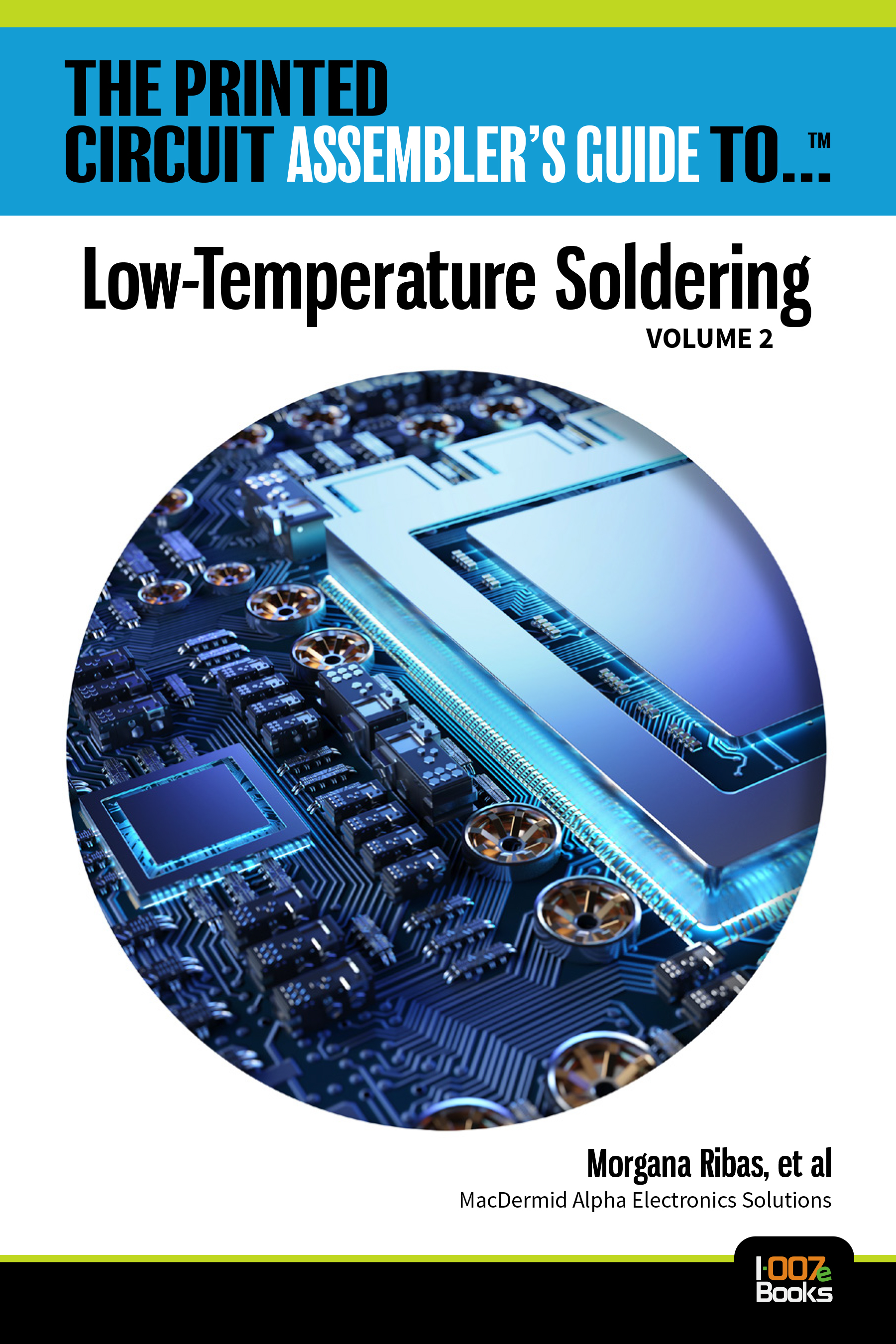-

- News
- Books
Featured Books
- pcb007 Magazine
Latest Issues
Current Issue
It's Show Time!
In this month’s issue of PCB007 Magazine we reimagine the possibilities featuring stories all about IPC APEX EXPO 2025—covering what to look forward to, and what you don’t want to miss.

Fueling the Workforce Pipeline
We take a hard look at fueling the workforce pipeline, specifically at the early introduction of manufacturing concepts and business to young people in this issue of PCB007 Magazine.

Inner Layer Precision & Yields
In this issue, we examine the critical nature of building precisions into your inner layers and assessing their pass/fail status as early as possible. Whether it’s using automation to cut down on handling issues, identifying defects earlier, or replacing an old line...
- Articles
- Columns
Search Console
- Links
- Media kit
||| MENU - pcb007 Magazine
Optical Transceiver Shipments Projected to Grow by 56.5% in 2025
February 5, 2025 | TrendForceEstimated reading time: 2 minutes
While DeepSeek has successfully reduced AI training costs, the broader cost reduction of AI models is expected to expand application scenarios and drive an increase in global data center deployments. Optical transceivers, as a key component in data center interconnectivity, are set to benefit from the growing demand for high-speed data transmission. AI servers rely heavily on optical transceivers to convert electrical signals into optical signals, transmit them via optical fiber, and then convert received optical signals back into electrical signals.
TrendForce reports that worldwide shipments of 400G and higher optical transceivers reached 6.4 million units in 2023. This figure is expected to grow to 20.4 million units in 2024 and exceed 31.9 million units in 2025, representing an annual growth rate of 56.5%.
TrendForce notes that DeepSeek and CSPs, along with AI software companies, will further drive AI adoption, particularly as vast amounts of data generation shift to the edge. This transition means that factories, wireless base stations, and other industrial sites will require a significant increase in micro data center deployments. Optical transceivers will need to be deployed at a much higher density to support this shift, potentially increasing the number of optical communication nodes per factory by 3 to 5 times compared to traditional architectures.
Compared to traditional electrical signal transmission, fiber-optic communication offers higher bandwidth, lower latency, and reduced signal attenuation, meeting the stringent performance requirements of AI servers. These advantages make optical communication indispensable for AI infrastructure, driving the growth of 800Gbps and 1.6Tbps optical transceivers. Upgraded traditional servers are also fueling demand for 400Gbps modules.
Optical transceivers consist of critical components including laser diodes, modulators, and photo detectors. Laser diodes generate optical signals, modulators encode electrical signals onto these optical signals, and photo detectors convert received optical signals back into electrical signals.
In high-speed applications, EML (Electro-absorption Modulated Laser) diodes are favored for their modulation capabilities. However, the complexity of achieving single-channel transmission speeds of 100Gbps or even 200Gbps presents significant technical barriers. Suppliers of EML lasers are predominantly major U.S. and Japanese players like Broadcom, Coherent, and Lumentum, who largely keep production in-house rather than outsourcing.
In silicon photonics (SiPh) modules, continuous wave (CW) lasers only provide the light source, while SiPh handles modulation and wavelength division. This has enabled Taiwanese firms to enter the CW laser supply chain. For instance, Landmark Optoelectronics collaborates with international data center operators for CW laser production, while Taiwanese companies such as LuxNet, and Truelight leverage their expertise in laser chip manufacturing for CW lasers.
Photo detectors are primarily supplied by U.S. and Japanese firms that already dominate the laser diode market, such as Broadcom, Coherent, Lumentum, and Hamamatsu. However, as optical module transmission speeds increase to around 200G, the challenges for photo detectors are becoming more pronounced.
The performance of photo detectors hinges on their sensitivity to incoming light. As a result, factors such as the uniformity of material doping and structural defects in the epitaxial layer can significantly impact the efficiency of light collection. For 200G-per-lane Avalanche Photodiode detectors (APD), Broadcom currently handles full in-house production. Meanwhile, Coherent’s 100G APDs and Lumentum and Hamamatsu’s 200G APDs are outsourced Epitaxy to US-based IET for epitaxy wafer manufacturing.
Suggested Items
STMicroelectronics to Enable Higher-Performance Cloud Optical Interconnect in Datacenters and AI Clusters
02/20/2025 | STMicroelectronicsSTMicroelectronics, a global semiconductor leader serving customers across the spectrum of electronics applications, is unveiling its next generation of proprietary technologies for higher-performing optical interconnect in datacenters and AI clusters.
Saki Launches Next-Generation 3Si/3Di-EX Series for SPI & AOI
02/12/2025 | Saki CorporationSaki Corporation, a global leader in automated inspection solutions, proudly announces the launch of its latest 3Si/3Di-EX Series of 3D Solder Paste Inspection (SPI) and Automated Optical Inspection (AOI) systems, set to begin shipping in April 2025.
New IPC White Paper Focuses on Use of Artificial Intelligence in Automated Optical Inspection in Electronics Manufacturing
02/06/2025 | IPCA new white paper, “Unlocking AI for Automated Optical Inspection” released today by IPC’s Chief Technologist Council, focuses on AI’s role in AOI processes for printed circuit board assemblies (PCBAs). According to data within the white paper, recent advancements in technology, particularly in Cloud AI, IoT and Smart Manufacturing, have provided opportunities to further enhance AOI performance.
AMETEK Acquires Kern Microtechnik
02/04/2025 | PRNewswireAMETEK, Inc. announced the acquisition of Kern Microtechnik, a leading manufacturer of high-precision machining and optical inspection solutions.
Keysight, KD Partner to Advance Multigigabit Optical Automotive Ethernet Testing with New Signal Analysis Capability
01/30/2025 | Keysight TechnologiesKeysight Technologies, Inc. and KD, Inc., a fabless semiconductor company, have collaborated to create a comprehensive test for Multigigabit Optical Automotive Ethernet physical layer.


